Colorado
Denver’s Silver Boom built this hotel – visit room 320 if you’re brave enough
Published
2 days agoon
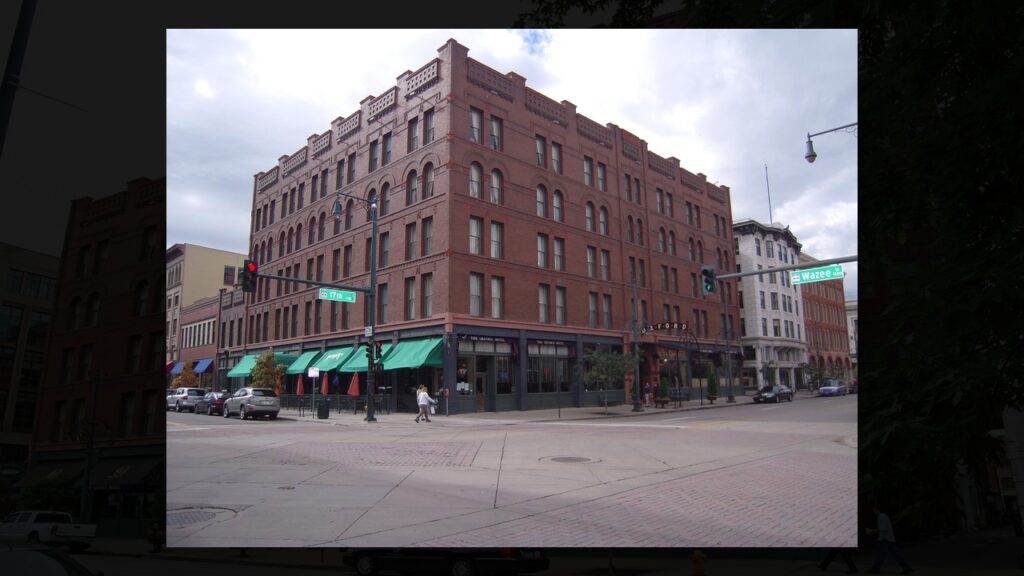
The Oxford Hotel’s Silver Boom Transformation
Denver’s Silver Boom of 1879 had brewery owner Adolph Zang build The Oxford Hotel in 1891 near Union Station.
Architect Frank Edbrooke gave the five-story brick building all the fancy touches – marble floors, stained glass, and its own power plant.
For just $1 a night, guests got luxury that matched any hotel back east.
The Oxford later gained another claim to fame when Florence Montague shot her cheating husband in room 320 before killing herself.
The Oxford Hotel stands today as a perfect snapshot of how silver money changed Denver forever.
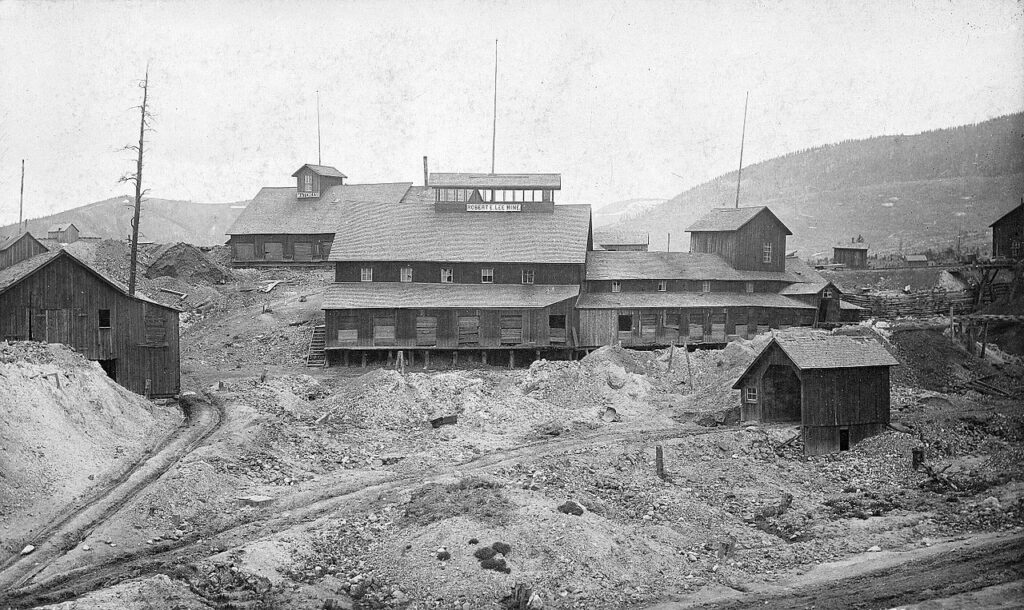
Silver Strikes Made Denver Rich Overnight
Miners hit it big at Leadville in 1879, starting the Colorado Silver Boom that poured $82 million into the state during the 1880s and early 1890s.
The Bland-Allison Act of 1878 let miners turn silver into coins, making worthless mines suddenly valuable. Leadville grew from 600 people to 30,000 by 1880, becoming Colorado’s second-largest city after Denver.
This new money changed Denver as miners, investors, and suppliers flooded in. Railroad lines built in 1870 made Denver the main hub for all mining areas across Colorado.
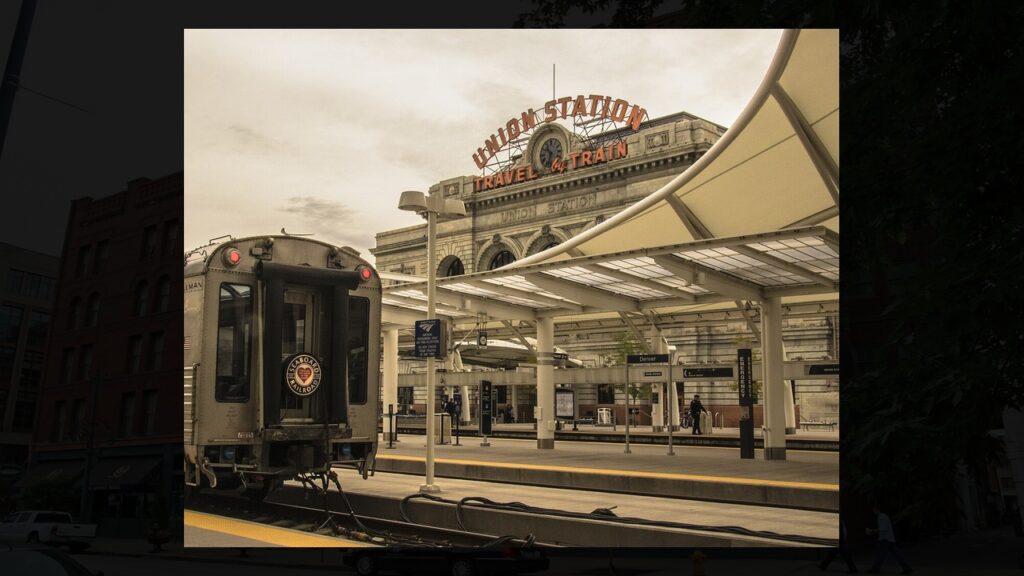
Trains Brought Wealthy Visitors Who Needed Fancy Digs
Union Station opened in 1881, linking Denver to eastern markets and western mining camps.
Thousands of rich investors, European bankers, and mining bosses came to the city. Denver grew to 106,713 people by 1890, ranking as America’s 25th largest city.
But travelers faced a problem: all hotels sat a mile from Union Station, forcing tired visitors to walk after their train trips. Business owners spotted a chance to build luxury hotels closer to the station for wealthy guests.
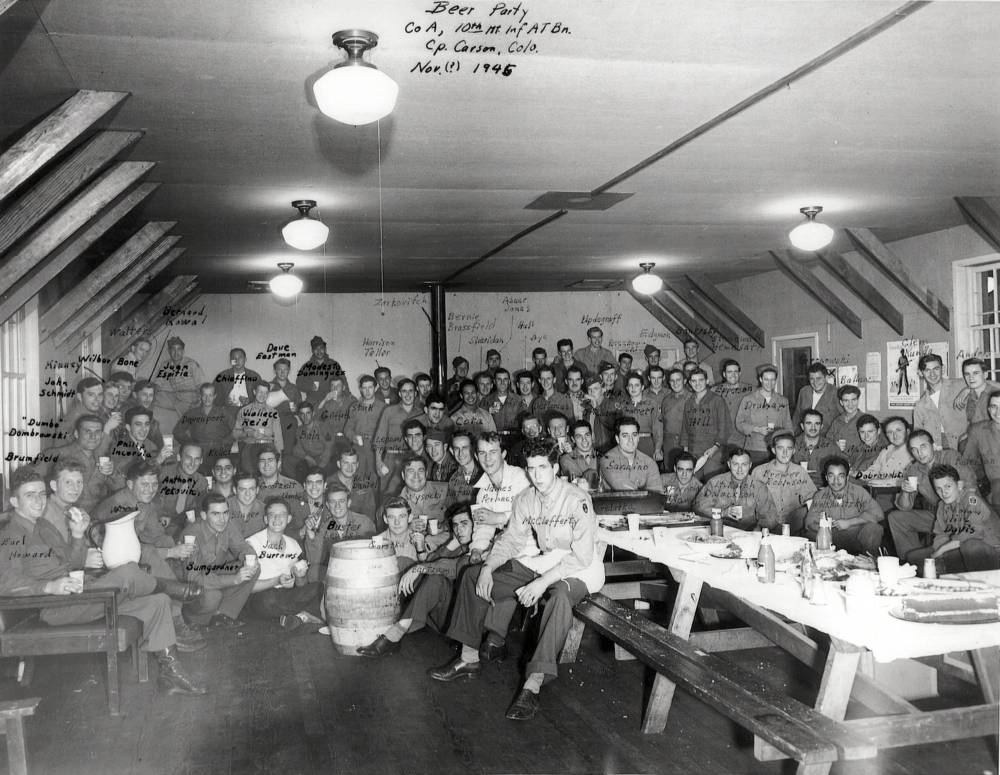
Beer Money Built The Oxford Hotel
Adolph Zang ran Colorado’s biggest brewery before Prohibition. After selling his Zang Brewing Company to British buyers in 1889, he had over $1 million to spend.
Zang joined with Denver bankers Philip Feldhauser and William Mygatt to build something new. They planned the first big hotel meant to catch Union Station traffic.
They picked a spot just one block from the busy train station, perfect for tired travelers stepping off trains.
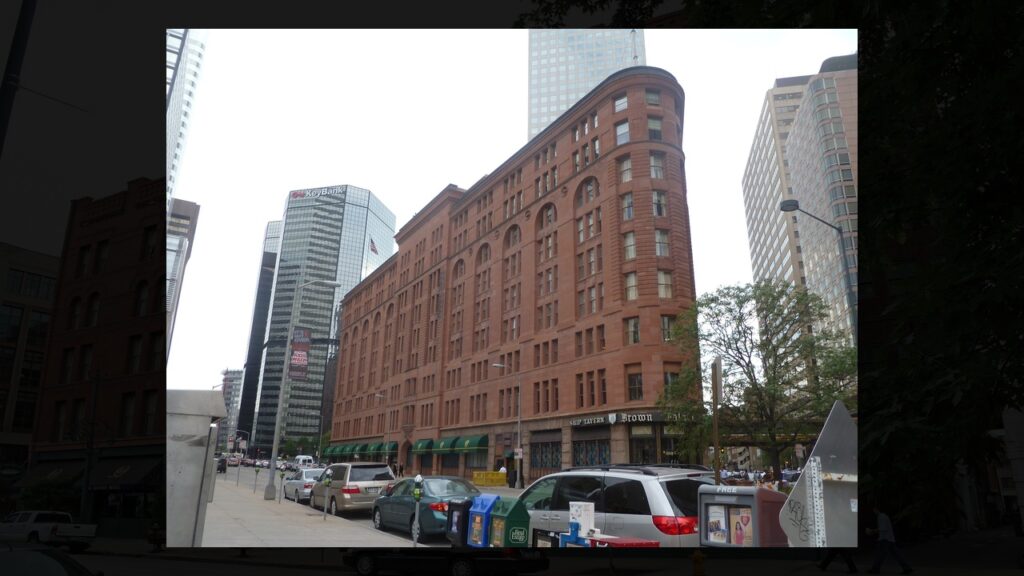
Frank Edbrooke Designed A Castle For Travelers
Frank Edbrooke was Colorado’s top architect who built the famous Brown Palace Hotel. Workers started building the five-story, red-brick, U-shaped Oxford Hotel in 1890.
Many think Edbrooke created Denver’s first steel-frame building. The hotel had a castle-like roof with square brick caps and fancy brickwork.
Red sandstone and terra-cotta trim gave the outside a simple look that hid the fancy interior waiting for guests.
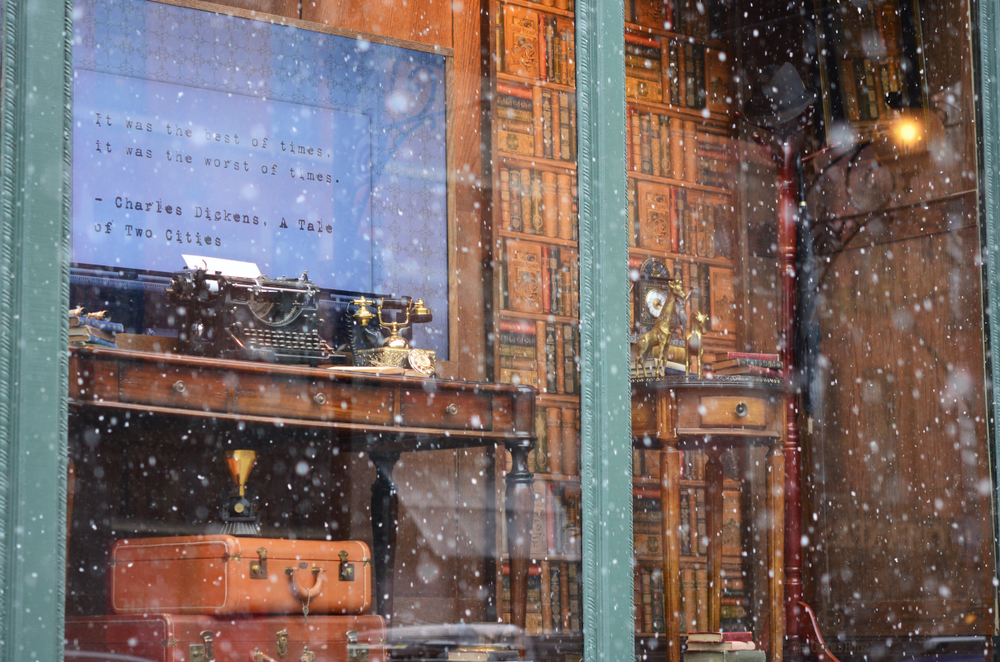
The Oxford Hotel Packed Modern Marvels Inside
The hotel had its own power plant for steady electricity and gas lights on all floors.
A steam heating system kept guests warm during cold Colorado winters when temps often dropped below zero. Each floor had separate bathrooms with private toilets, a luxury most travelers never saw before.
One of Denver’s first elevators took guests to upper floors with mountain views. These new features matched the best eastern and European hotels.
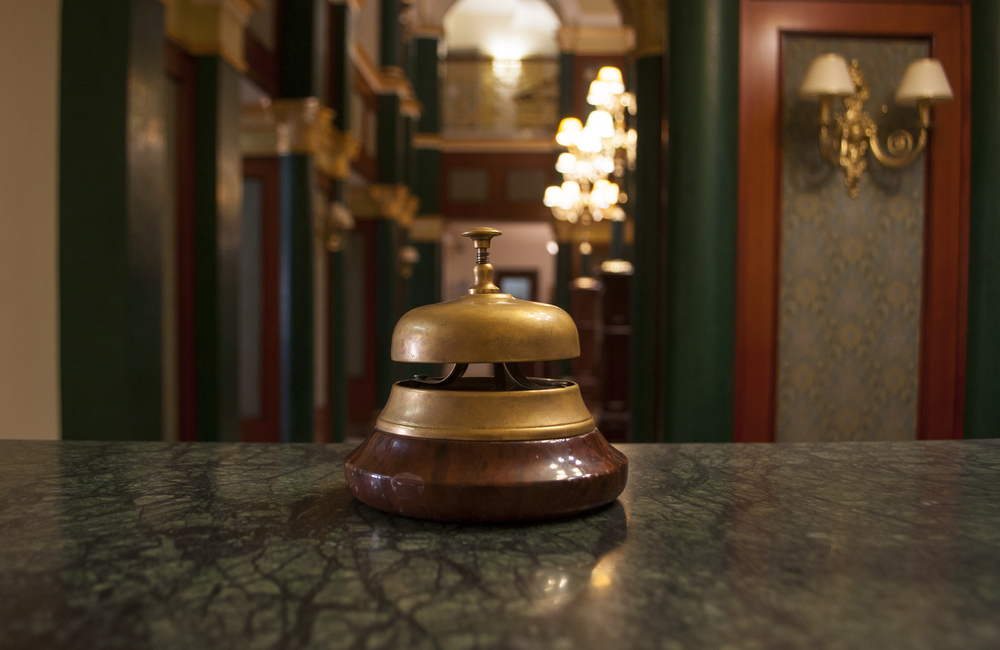
Guests Walked Into A Palace On Opening Day
The Oxford Hotel opened on October 2, 1891, a year before the Brown Palace. Marble floors, painted walls, and silver chandeliers created a fancy, classy feel.
Stained glass windows let in colored sunlight throughout the building. First-day guests were shocked by the contrast between the plain outside and the fancy inside decor.
Rooms cost $1 per night, or $2 with a private bath, drawing wealthy travelers who wanted the best place to stay in Denver.
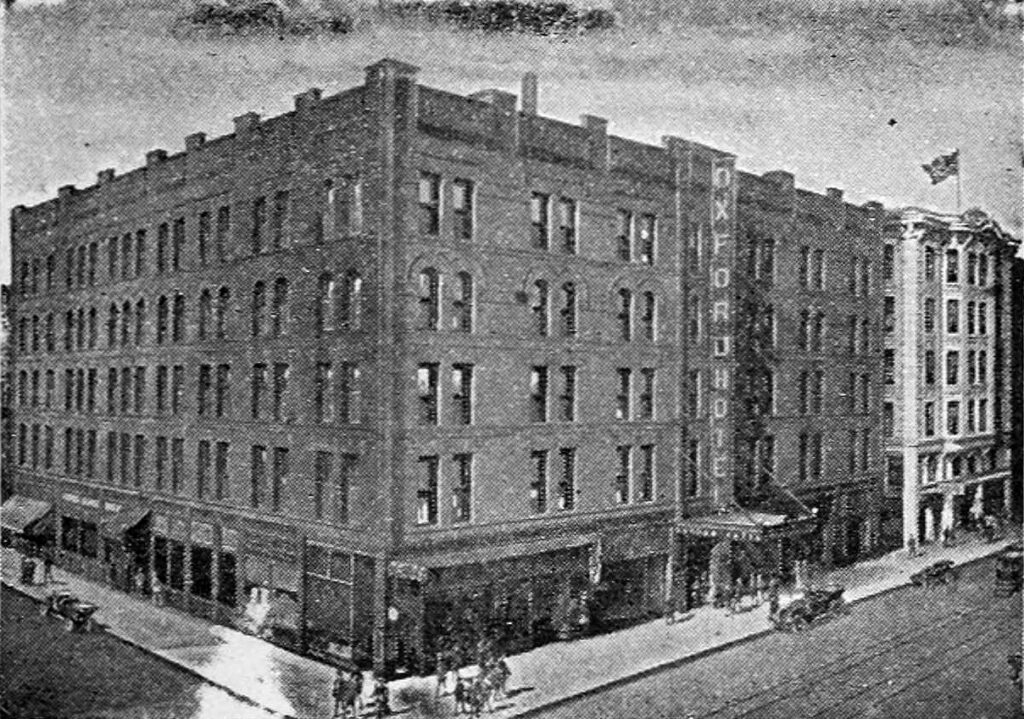
You Never Had To Leave The Building
The hotel worked as a complete package with dining rooms, barbershop, and library all inside. Guests used the on-site pharmacy, Western Union office, and stables for their horses.
The popular bar served Zang’s famous “Fritz Imperial” beer to thirsty folks after long trips. Several restaurants offered different food for various tastes and social classes.
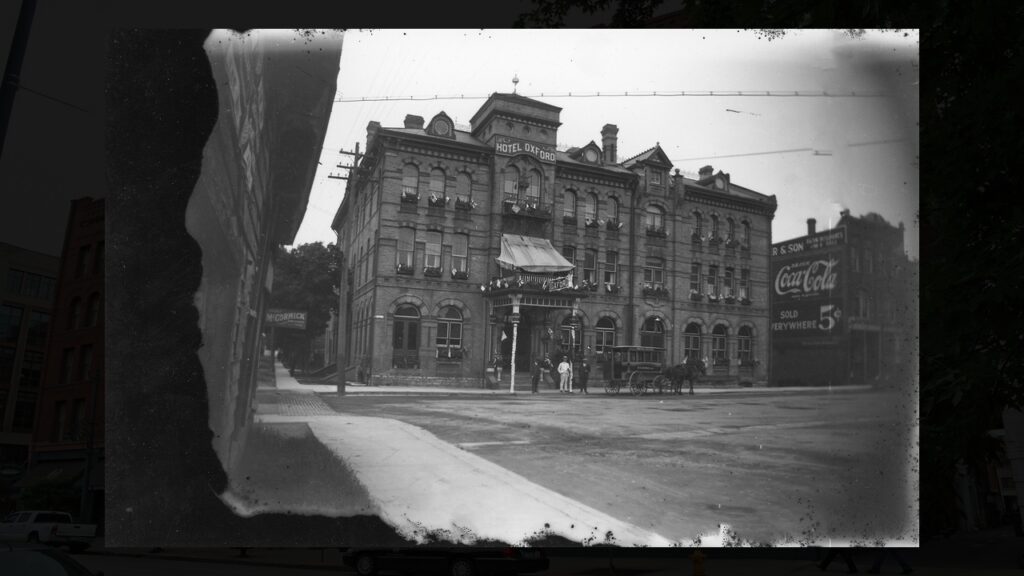
Business Boomed So Much They Had To Expand
The hotel did so well that owners added a two-story section on Wazee Street in 1902. This new part matched the style of the original building perfectly.
Hotel ads bragged about their location with the slogan: “Just through the Welcome Arch. The Real Hub of Denver.”
The expansion brought the Oxford Hotel within half a block of Union Station. Both tired travelers and the marketing team knew this close spot gave them an edge.
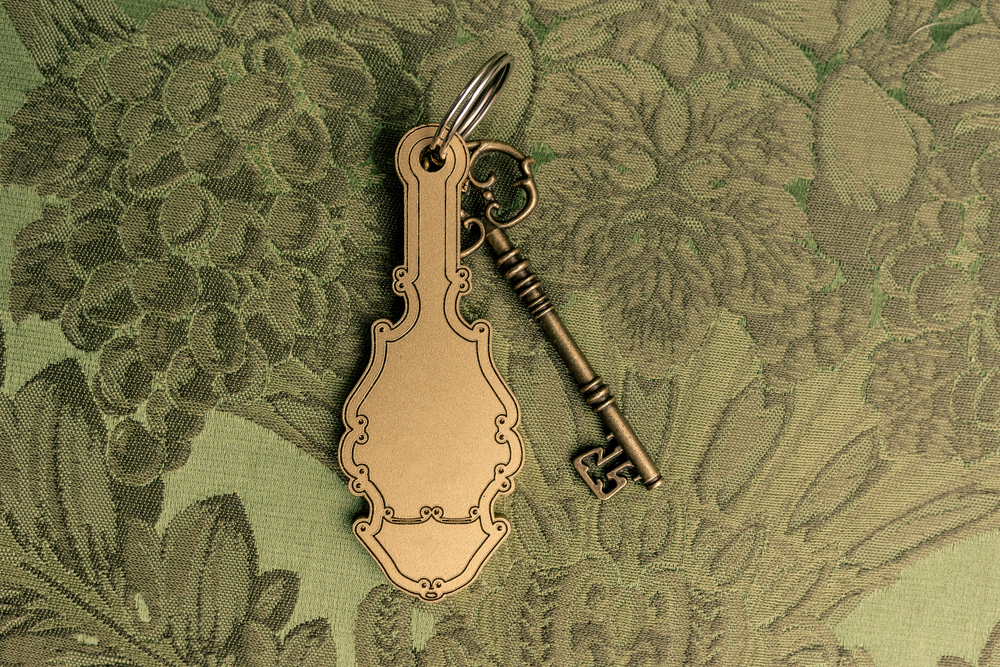
Controversies Revolve Around Guests in Room 320
In 1898, Florence Montague caught her husband with another woman in room 320. Filled with rage and heartbreak, she shot her cheating husband dead before killing herself.
This shocking murder-suicide stuck permanently in the hotel’s history. The tragic event created one of Denver’s most famous ghost stories that people still tell today.
Room 320 became forever tied to Florence’s tale of cheating and revenge, drawing curious visitors for generations.
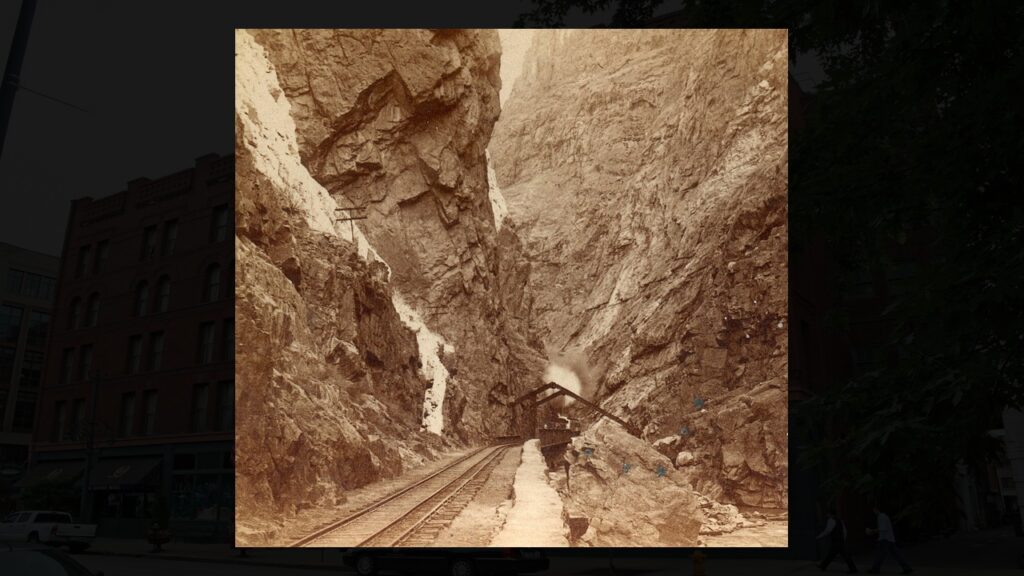
Silver Prices Crashed But The Oxford Stood Strong
The government killed the Sherman Silver Purchase Act in 1893, making silver prices drop overnight.
Thousands of jobless miners came to Denver looking for work, changing it from a mining supply town to a business center for the entire Rocky Mountain region.
The Oxford Hotel survived this crisis while many other businesses closed forever.
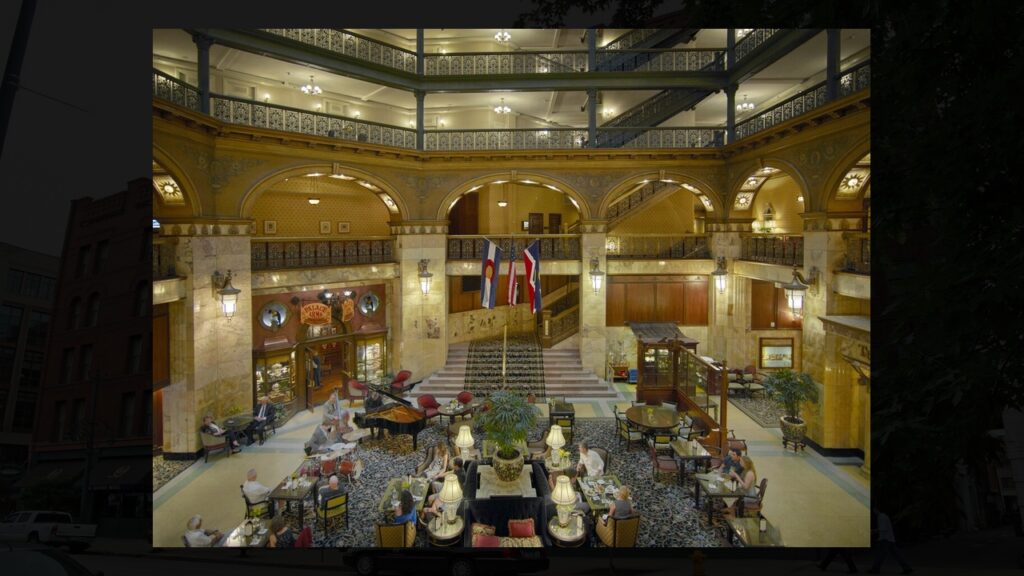
Denver Wasn’t Just A Cow Town Anymore
The Oxford Hotel proved Denver had successfully changed from a frontier outpost to a sophisticated city.
Frank Edbrooke’s design showed that western architecture could stand toe-to-toe with anything built back east.
The hotel’s luxury technology and services kept attracting investment to Colorado even after the silver boom ended.
The Oxford created the template for luxury hospitality that shaped Denver’s hotel industry for decades to come, setting new standards.
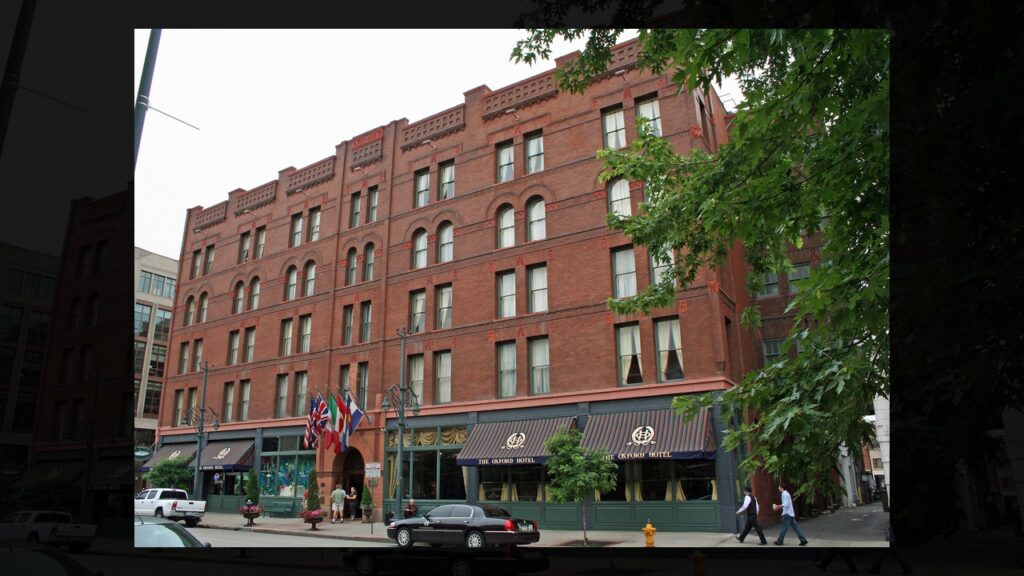
Visiting Oxford Hotel, Colorado
The Oxford Hotel at 1600 17th Street in Lower Downtown opened in 1891 during Denver’s Silver Boom, transforming the frontier town with Frank E. Edbrooke’s elegant design and Gilded Age luxury.
You can stay in one of 80 rooms with antique headboards and period furnishings, just steps from Union Station.
The Art Deco Cruise Room bar from 1933 hosts a postal worker ghost, while Room 320 remains the site of Florence Montague’s 1898 murder-suicide.
This article was created with AI assistance and human editing.
Read more from this brand:
John Ghost is a professional writer and SEO director. He graduated from Arizona State University with a BA in English (Writing, Rhetorics, and Literacies). As he prepares for graduate school to become an English professor, he writes weird fiction, plays his guitars, and enjoys spending time with his wife and daughters. He lives in the Valley of the Sun. Learn more about John on Muck Rack.


This clever Marine cheated his way into WWII, then spent 22 years rebuilding Honolulu

At 17, she shot a Union soldier in her foyer – then became the Confederacy’s deadliest spy

New Orleans’ “Black Day” claimed 230 lives in 24 hours – and the rich of the 1850s couldn’t escape

How empty-handed Yankees from Montana branded this Idaho gold country forever

Cozy fall escapes and Oktoberfest fun in Leavenworth this October

12 Reasons Why You Should Never Ever Move to Florida

Best national parks for a quiet September visit

In 1907, Congress forced Roosevelt to put God back on U.S. coins. Here’s why.

The radioactive secret White Sands kept from New Mexicans for 30 years

America’s most famous railroad photo erased 12,000 Chinese workers from history
Trending Posts

 Pennsylvania5 days ago
Pennsylvania5 days agoHere Are 12 Things People from Pennsylvania Do That Seem Insane To Everyone Else

 North Carolina6 days ago
North Carolina6 days agoHere Are 12 Things People from North Carolina Do That Seem Insane To Everyone Else

 Maine7 days ago
Maine7 days agoThe ruins of a town that time forgot are resting in this Maine state park
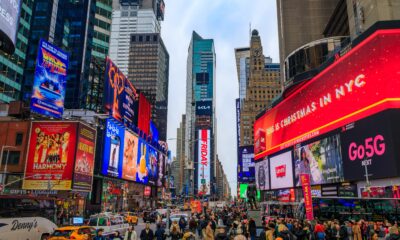
 New York6 days ago
New York6 days agoHere Are 12 Things People from New York Do That Seem Insane To Everyone Else
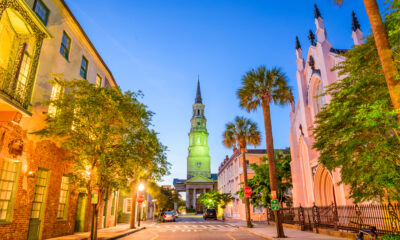
 South Carolina4 days ago
South Carolina4 days agoHere Are 12 Things People from South Carolina Do That Seem Insane To Everyone Else
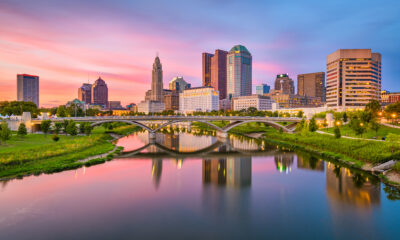
 Ohio6 days ago
Ohio6 days agoHere Are 12 Things People from Ohio Do That Seem Insane To Everyone Else

 Utah3 days ago
Utah3 days agoHere Are 12 Things People from Utah Do That Seem Insane To Everyone Else
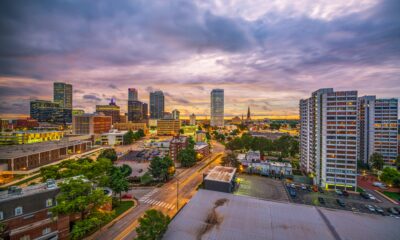
 Oklahoma5 days ago
Oklahoma5 days agoHere Are 12 Things People from Oklahoma Do That Seem Insane To Everyone Else
